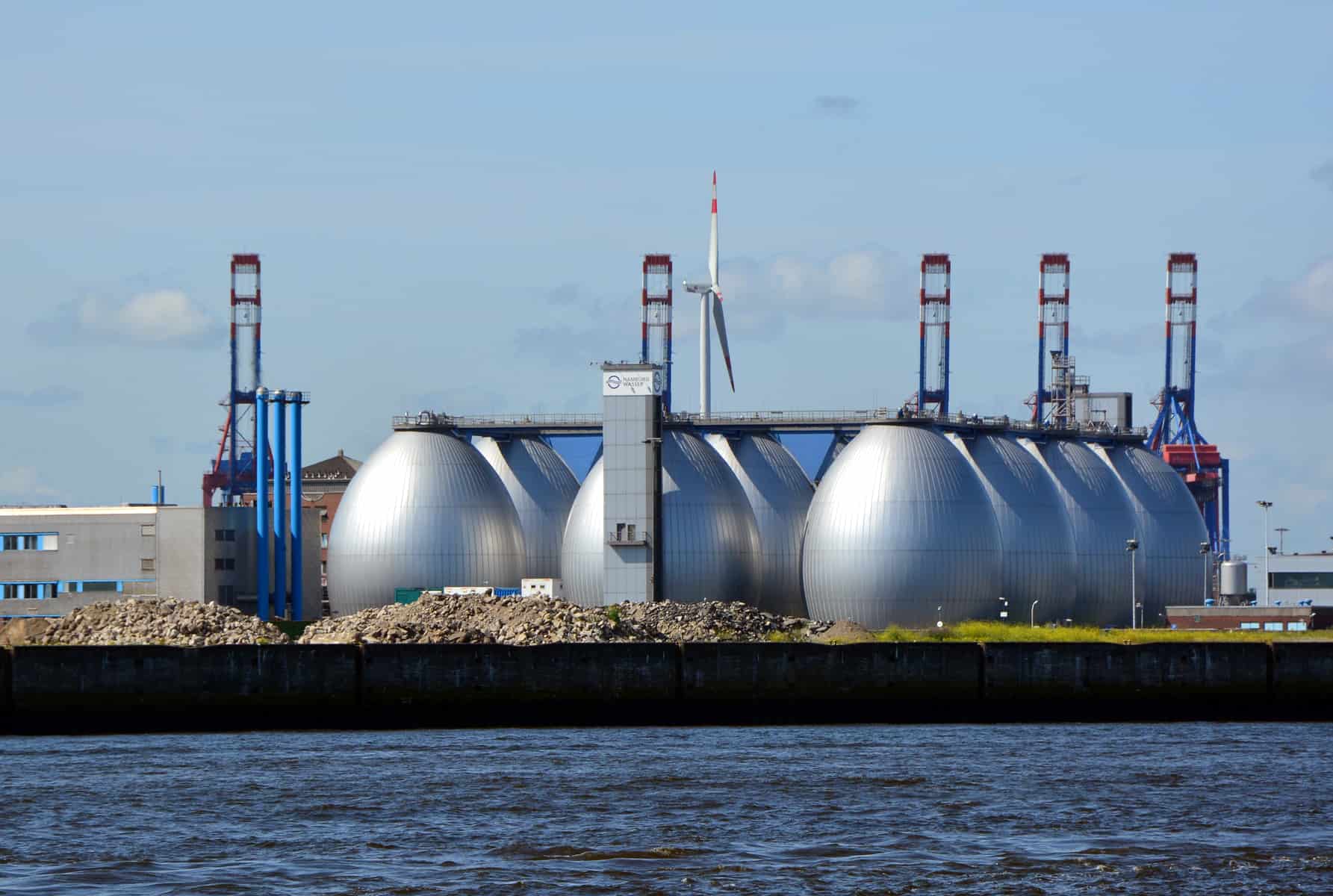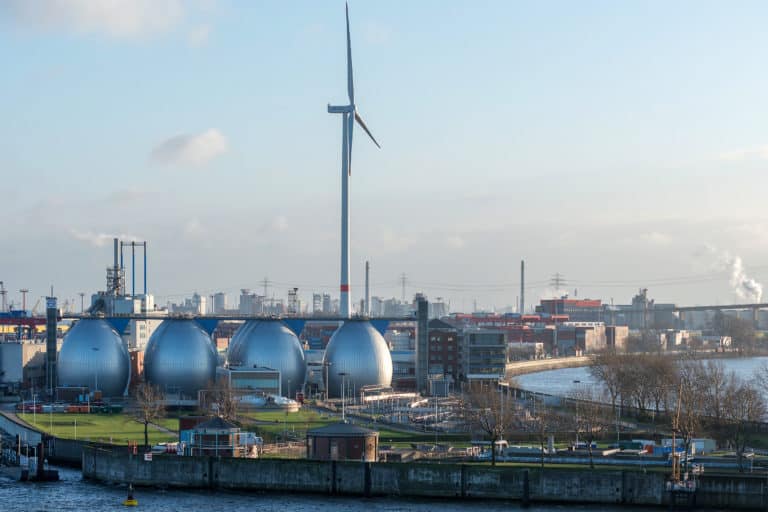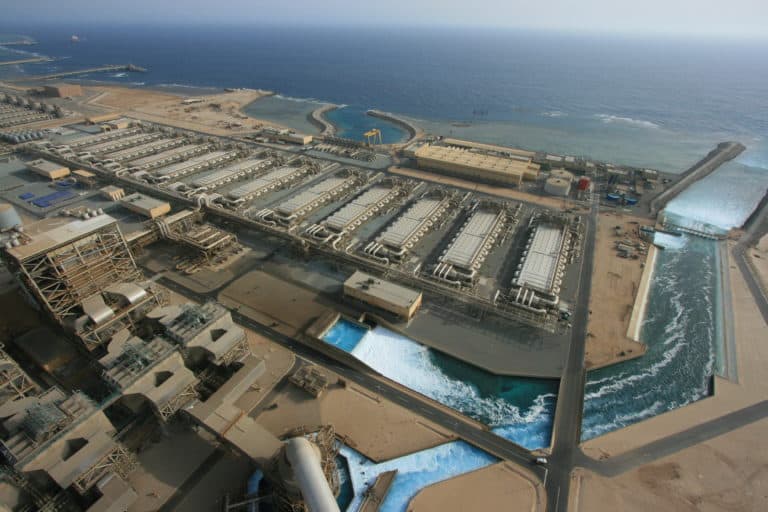
Today’s energy-water nexus exists as two interdependent systems sharing problems and vulnerabilities, but integrating the systems can solve problems across both sectors. For example, wastewater treatment facilities consume energy for pumping, filtering, stirring, and ultraviolet irradiation. As treatment standards get stricter, the energy requirements typically increase. However, wastewater treatment facilities can become providers of energy rather than consumers of energy. They manage large volumes of organic content in the sludge that can be sent through anaerobic digesters to produce biogas, a mixture of methane and carbon dioxide. Plants with larger flows and greater biogas generation potential can become nearly energy self-sufficient.1 A. S. Stillwell, D. C. Hoppock, and M. E. Webber, “Energy Recovery from Wastewater Treatment Plants in the United States: A Case Study of the Energy-Water Nexus,” Sustainability (special issue Energy Policy and Sustainability) 2 (2010).

If integrated, brackish water produced from oil and natural gas extraction can offset the needs for freshwater in industrial applications such as power plant cooling. Likewise, sometimes neighboring well sites can use the water produced alongside oil and gas to avoid collecting and transporting freshwater. If combined with distributed wastewater treatment technologies, oil and gas production facilities can generate fresh water on the drilling pad. Scaling up this idea, oil and gas companies might someday become oil, gas, and water companies.
Another approach uses the waste heat from conventional power plants to preheat feedwater for desalination. Natural gas power plants in Abu Dhabi boil an incoming stream of seawater, producing both power and freshwater.2Personal communication, Department of Economic Development, United Arab Emirates, 2010. Trading energy for water in energy-rich and water-poor regions presents a significant advantage and integrating the system efficiently meets both needs. But, because water production occurs whenever there is electricity production, the plant produces extra water in the summer (when demand for power to run air conditioners is high). Since, increased production to meet summer demand produces excess water with no existing infrastructure for storage, the water is used for seemingly profligate purposes such as irrigating golf courses and growing crops that are not native to the desert. From an engineering perspective, the integration of power production and freshwater treatment yields performance improvements, but human decisions waste water in the summer (because of excess electricity consumption) and electricity in the winter (because of excess water consumption).

Systems-level thinking and integrated designs can improve efficiency, reliability, cost, and robustness. Unfortunately, political roadblocks and isolated decision-making often make those approaches difficult to implement. As with all problems, technical solutions are not enough to overcome human barriers, such as bad policies, poorly designed markets, and cultural indifference. We need non-technical solutions, too.
Image Credits: Frank Schwichtenberg (Schwicht de Burgh Photography)/CC BY-SA 3.0; Andrea Izzotti/Shutterstock.com.
Update your browser to view this website correctly.Update my browser now